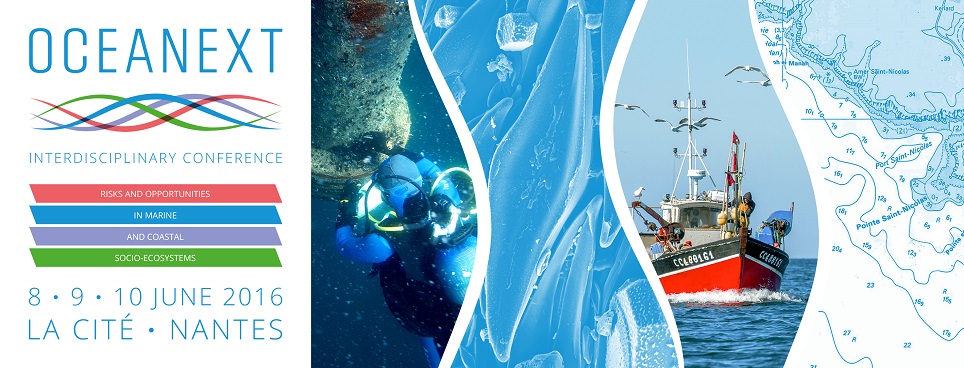Strains of cyanobacteria such as Arthrospira platensis are able to synthesize and release exopolysaccharides (EPS) into their culture medium. Membrane processes could be interesting for the recovery, concentration and purification of these exopolymers. Nevertheless, culture media are highly complex environments which strongly foul the membranes, particularly by the presence of EPS. Therefore, the present work deals with the understanding of the membrane fouling mechanisms during culture supernatants filtration. It is assessed against the physico-chemical factors, the supernatants composition and different hydrodynamic conditions in order to optimize and to propose a viable and sustainable EPS recovery process.
In this investigation, A. platensis, well-known as Spirulina, is cultivated in semi-continuous mode in a flat panel Air-lift photobioreactor (PBR, 130 L) and is subjected to light stress to enhance its EPS production. The first part of the presentation will focus on the separation of the cells from supernatants as well as the supernatants characterization. A method of separation was made so as to be able to retrieve an almost cell-free medium rich in EPS. Thus, different centrifugation and sieving tests are carried out on crops. Another type of extract was obtained, rich in intra and extracellular polysaccharides from protocol of cells disruption.
Then, results on polysaccharides recovery by membrane techniques, from polysaccharides rich extracts will be presented. A part will concern the study of fouling mechanisms in relationship with the medium composition.

 PDF version
PDF version
